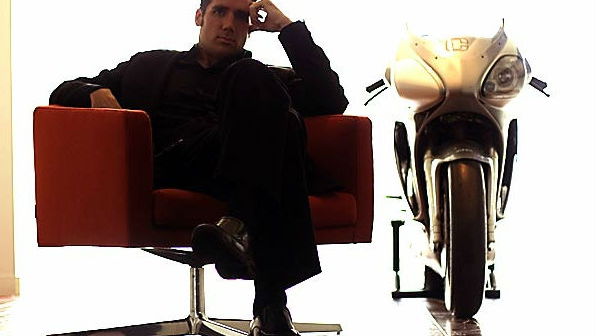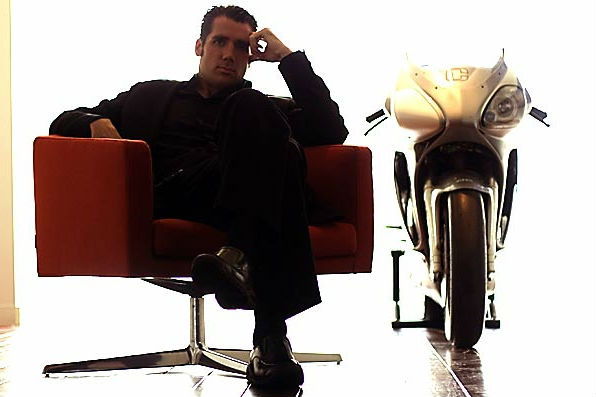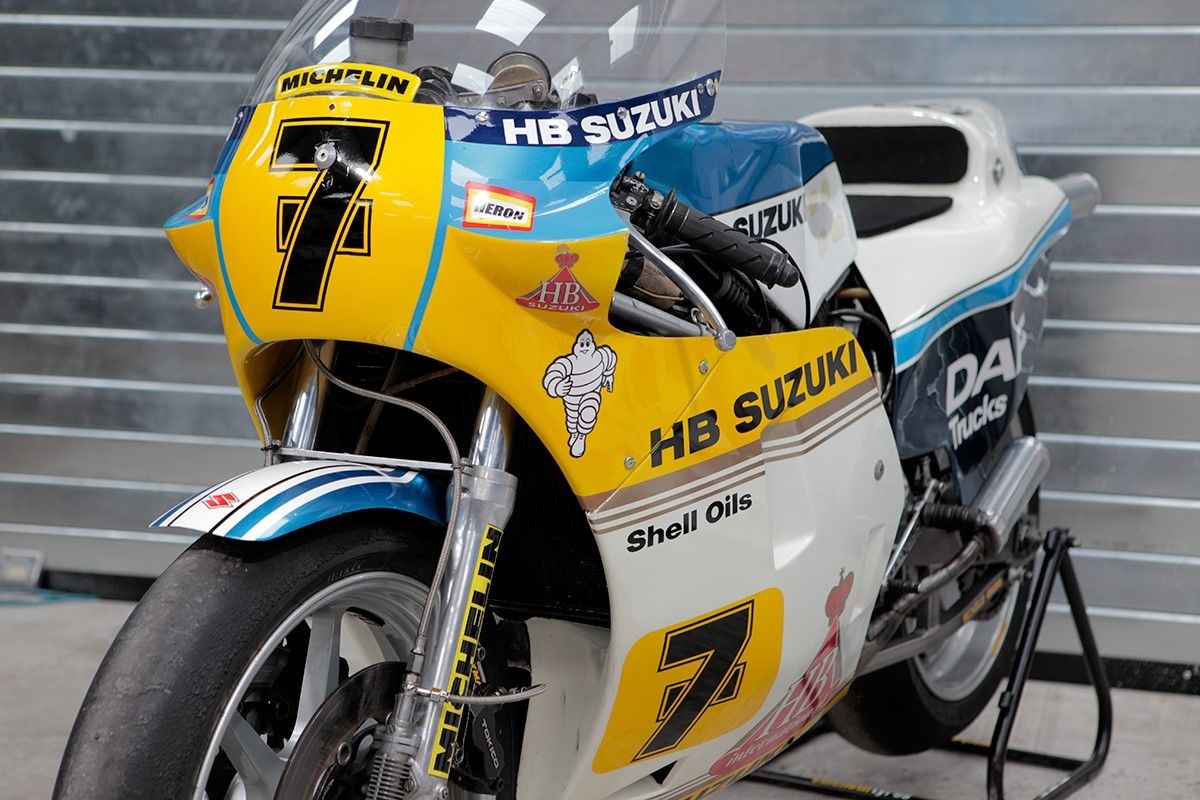Michael Czysz loses cancer battle
Motoczysz founder dies after long fight against the disease


MICHAEL Czysz died on Saturday, several years after being diagnosed with a rare form of cancer.
Although he made millions as a high-end interior designer, founding the firm Architropolis and attracting celebrity clients including the likes of Lenny Kravitz and Cindy Crawford, he’s better known for his creation of Motoczysz and the electric race bikes that dominated the early years of the TT Zero. Motoczysz machines won four straight TT Zero events from 2010 to 2013, first with American rider Mark Miller and giving three wins to Michael Rutter. The news of Czysz’s cancer emerged when he was unable to attend the 2013 race, and the no more Motoczysz bikes were made after that.
Although the electric bikes brought Motoczysz to the fore, the story started several earlier. When MotoGP shifted from two-strokes to four-stroke prototypes at the start of the millennium, Czysz saw it as an opportunity to develop some radical ideas about bike design. In late 2004 the first Motoczysz prototype emerged, a GP-spec machine powered by a crazy-looking 990cc four-cylinder engine. Effectively it was a pair of parallel twins, mounted end-to-end and lengthwise down the bike’s carbon-fibre frame. The cranks were offset to each other and spun in opposite directions, eliminating the torque reaction and gyroscopic effect of the engine.
During 2005 a second engine design appeared, still with twin cranks but with staggered cylinders. Called the Z-Line engine it had three camshafts, with intakes running between the central inlet cam and the two side-mounted exhaust cams, and appeared in a heavily revised bike. Several prototypes were made and tested with an aim to entering MotoGP but the rule changes that saw MotoGP switching from 990cc to 800cc in 2007 hampered Czysz’s plans. Development continued and ideas emerged to sell versions of the C1 to the public, along with a 600cc sports bike and a cruiser version, but none came to fruition.
Czysz’s ideas weren’t limited to engines. His chassis concepts were just as challenging. From day one his bikes incorporated carbon fibre frames and blade-like forks with oval sliders. These forks were designed to have controlled lateral flex but to be longitudinally rigid, letting them soak up bumps when the bike was mid-corner.
In 2009, the focus switched to electric power, with the TTXGP at the Isle of Man becoming Czysz’s focus for an electric version of the C1, called the E1pc. It failed to finish that first race, but dominated the TT Zero that replaced the TTXGP in 2010, 2011, 2012 and 2013, becoming the first electric bike to achieve a 100mph race lap in 2012. The current multi-race-winning TT Zero combination of the Mugen Shinden and John McGuinness only managed a best of 2nd (in 2012 and 2013) while Rutter and the Motoczysz were competing.
Michael Czysz’s unerring belief in his own engineering ideas was clear in any conversation about them, and he’d vehemently defend them in the face of even mild criticism. The Motoczysz project showed that, more often than not, he was right.
Like John Britten, he’s left us early and we can only speculate on what might have been had he had longer to establish his company and his ideas.

